As the 20th Century drew to a close and January 2000 approached, it was with a sense of trepidation in Aberdeen and beyond.
It’s hard to believe it’s been 25 years since the uncertainty and very real panic over the Millennium Bug, better known now as Y2K.
But the ticking technological timebomb is something that dominated the headlines in 1999.
Doomsday feel as January 2000 approached
There was an ‘end of days’ feel to the latter month of 1999 amid global fears of an impending digital apocalypse.
Y2K was shorthand for a mass software failure that threatened to bring down multinational companies, healthcare and financial institutions – even nuclear reactors.
The ‘bug’ was essentially a computer programming coding issue, where two digits were used to represent the year to save storage space.
The concern was computing systems would be unable to recognise the date change from 1999 to 2000, or ’99 to ’00.
Governments feared a domino effect around the world as various computer systems cascaded into chaos thinking it was the year 1900.
There had been concerns from as early as 1993, but it was under Tony Blair’s government that a taskforce was set up.
And that extended to councils and health boards across the north of Scotland, who began preparations in 1998.
Race against time for organisations to beat the millennium bug
Come 1999, people in Aberdeen were warned not to “drain cash machines and needlessly hoard food” or even travel over the millennium.
Although, many Aberdonians might remember being advised to keep a small stash of tins and supplies at home, just in case.
Aberdeen and Aberdeenshire council were given an amber rating of readiness as authorities raced to shore up computer systems.
Grampian Fire Brigade was one of only two in Scotland to receive the top blue rating of preparedness ahead of Hogmanay.
And it was even rumoured that schools like Inverurie Academy with large halls and generators could have provided back-up for Aberdeen Royal Infirmary if its systems failed.
Elsewhere there was a race against time to prevent the shutdown of oil platforms and the north of Scotland Coastguard network.
But, ultimately, thanks to years of work and billions of pounds spent across the globe, a computer crisis was avoided.
Aberdeen welcomed new millennium with open arms and street party
Instead, the new millennium was welcomed with open arms by partygoers in Aberdeen with the street party to end all street parties.
Union Terrace Gardens hosted a gigantic ice rink and a millennium beacon was lit in Aberdeen.
It was estimated around 50,000 people descended on the city centre for a massive street party featuring three stages and fireworks.
Scots rockers Big Country were the main attraction at the Castlegate where Lord Provost Margaret Smith was joined by former Runrig frontman Donnie Munro for the countdown to the bells.
Meanwhile, Runrig performed for a crowd of 10,000 in Inverness, and a further 10,000 people attended Stonehaven’s fireball ceremony.
And at Aberdeen Maternity Hospital, new mum Julie Beckett welcomed the north-east’s first millennium baby – a wee girl called Phoebe.
Aberdeen Weather Centre was one of only two places in Britain that was affected by Y2K.
The centre had a problem when its system linked to offshore weather monitoring apparatus failed.
But after the clocks were reset, all was well.
Gallery: January days in Aberdeen over the years
If you enjoyed this, you might like:
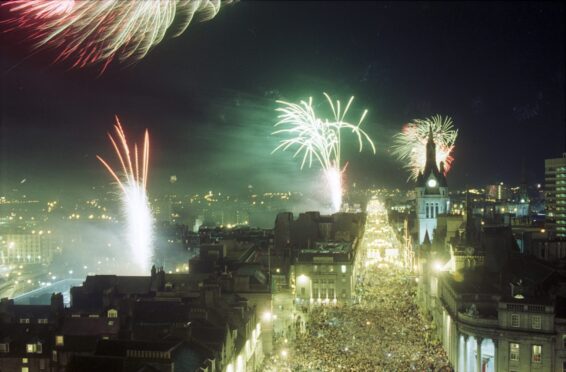

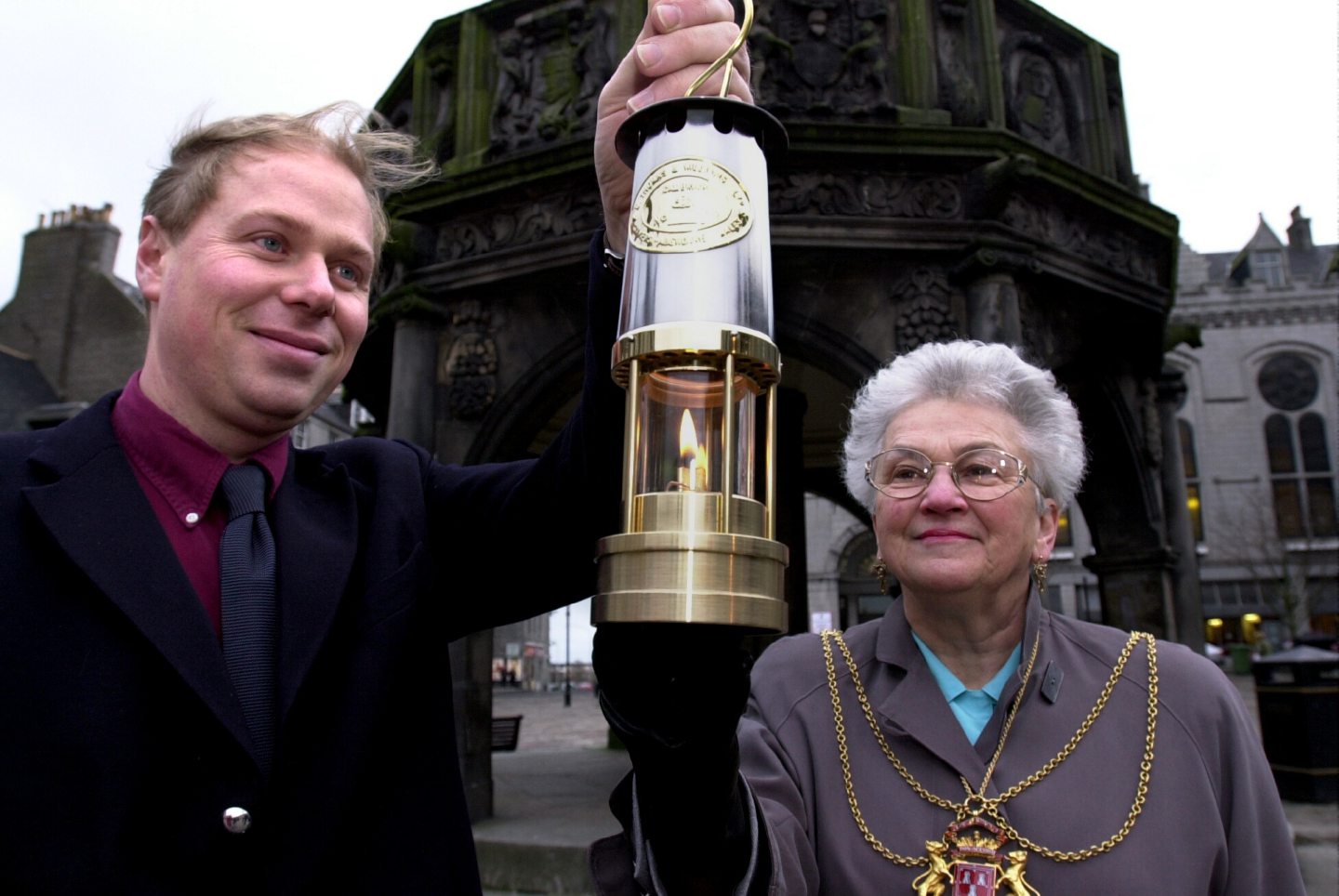
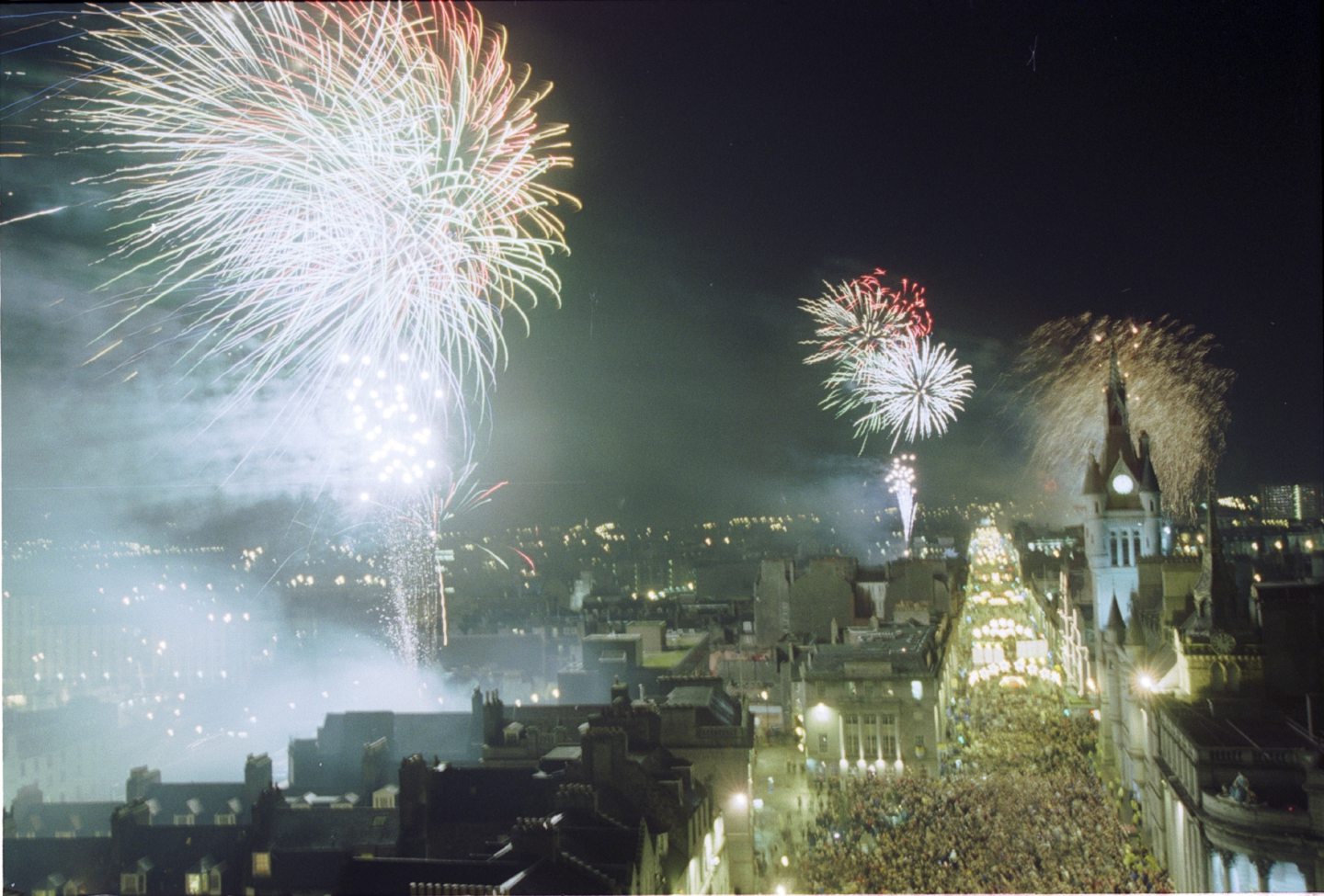
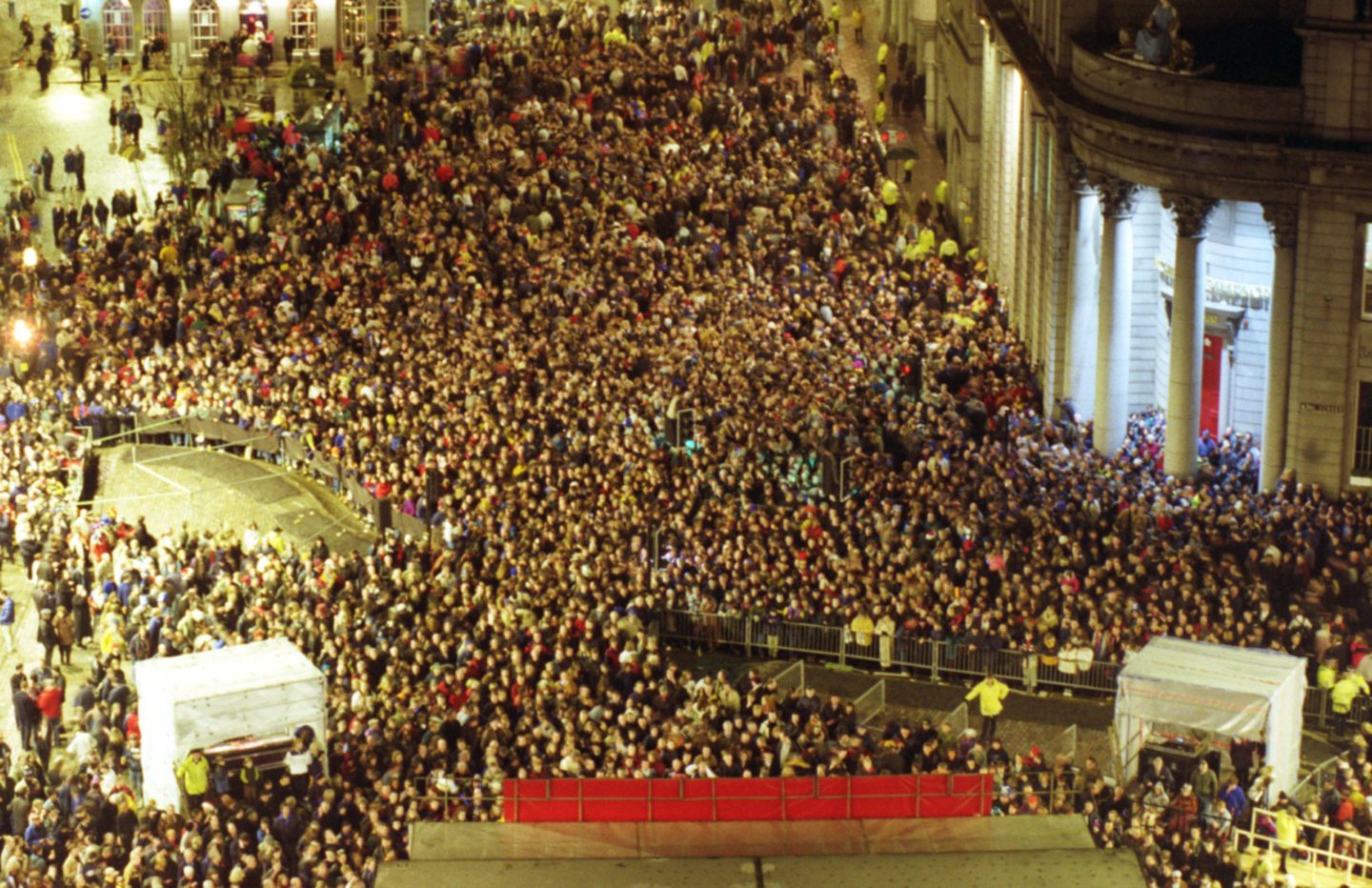
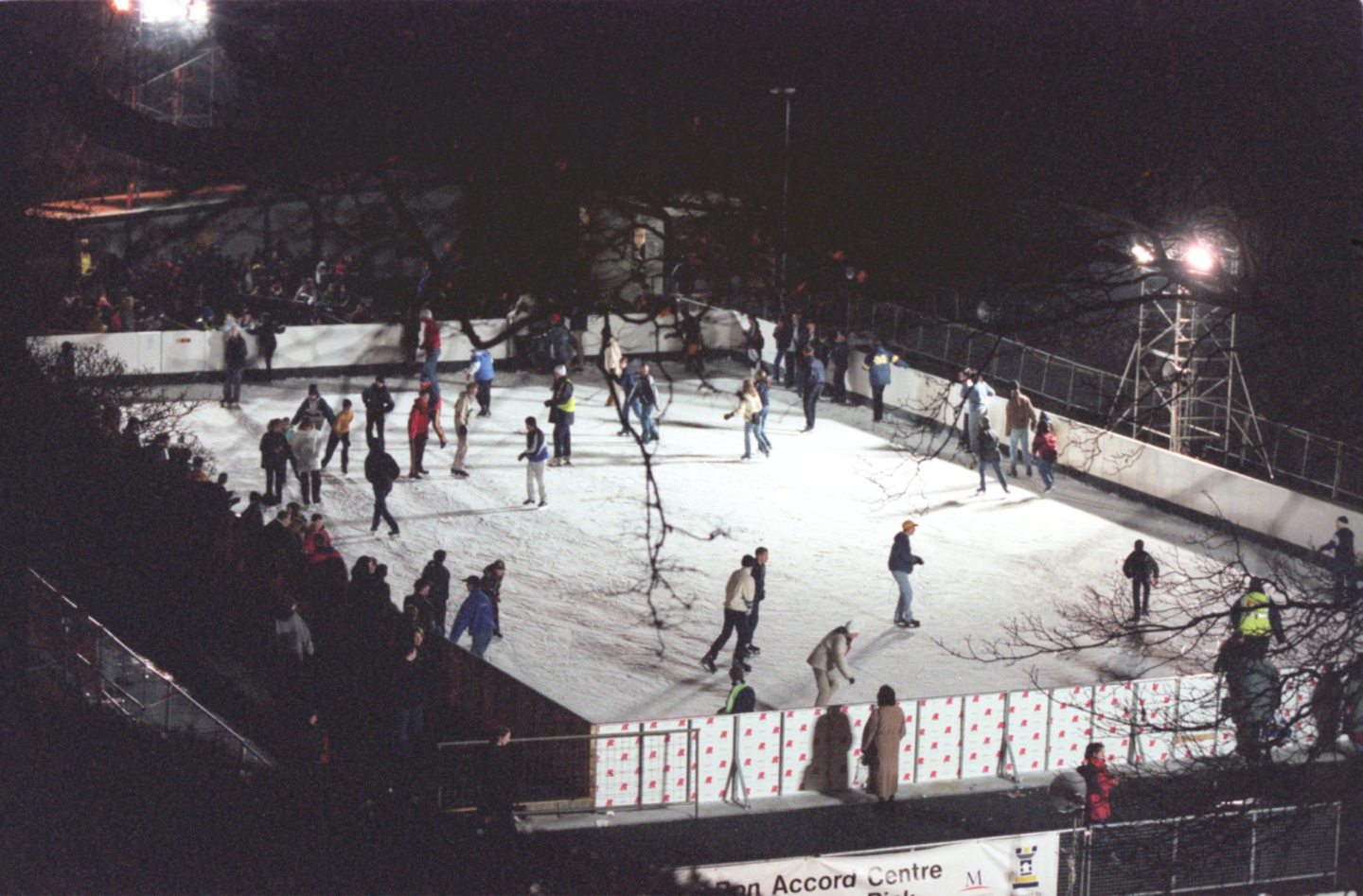
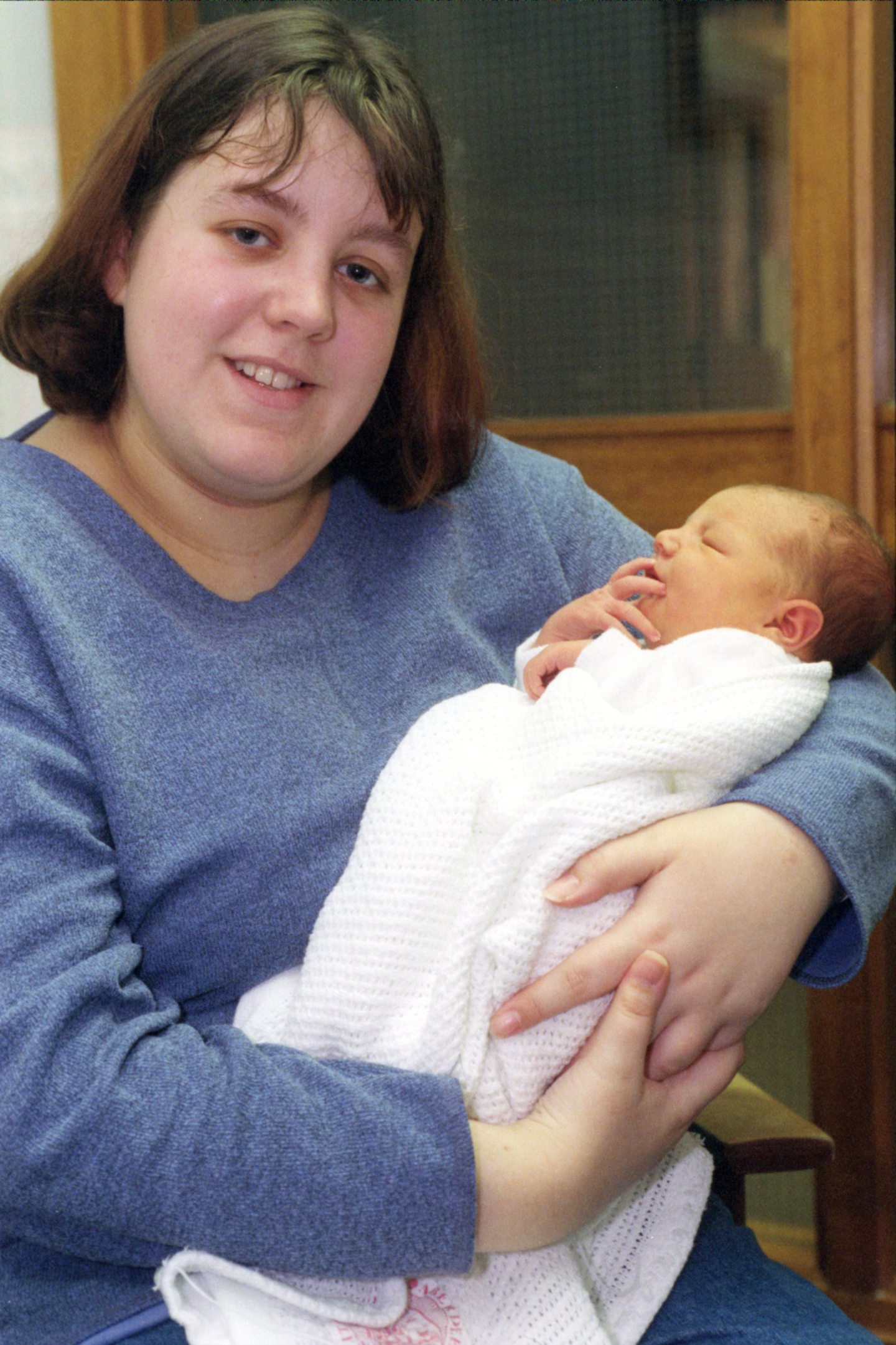
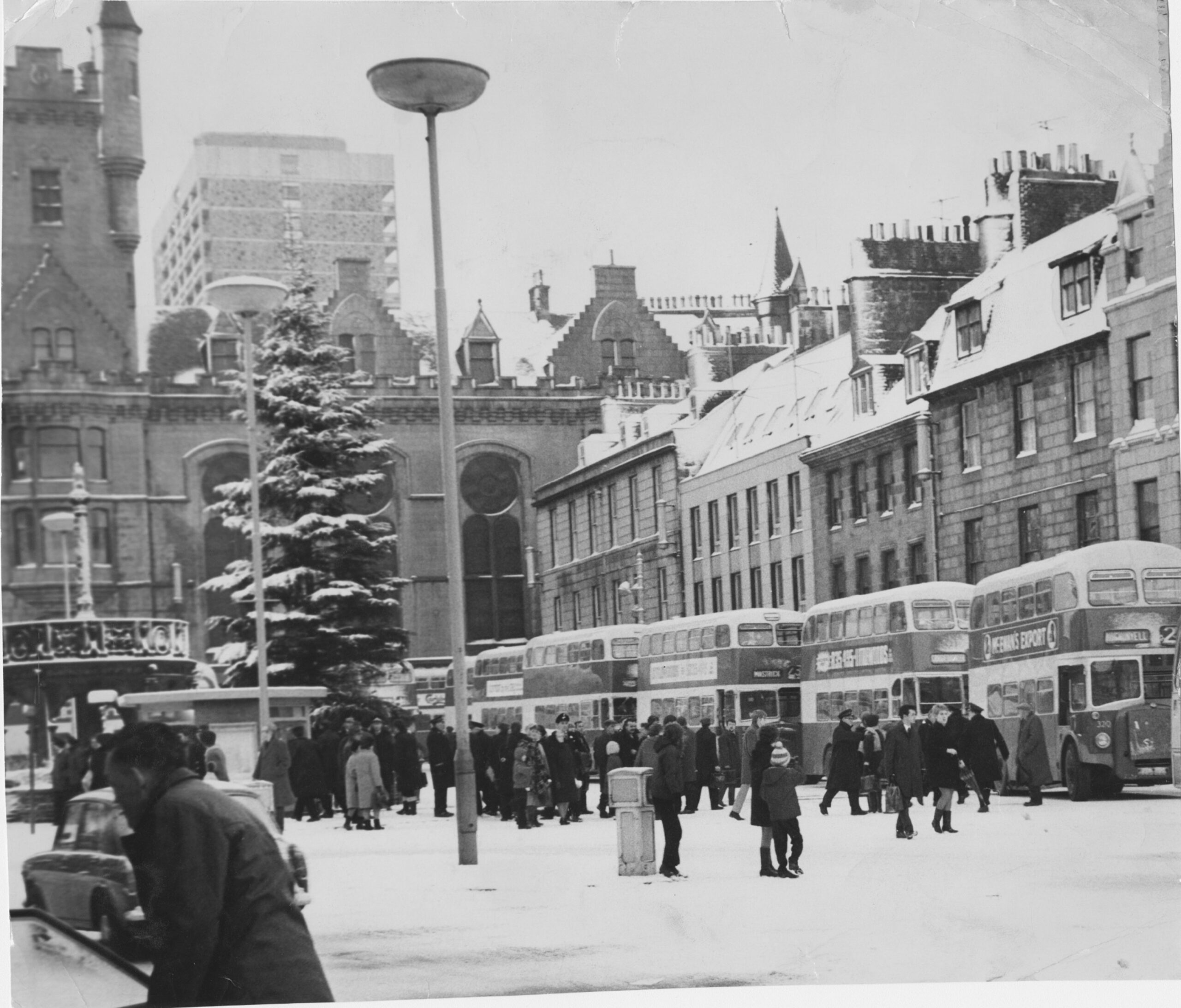
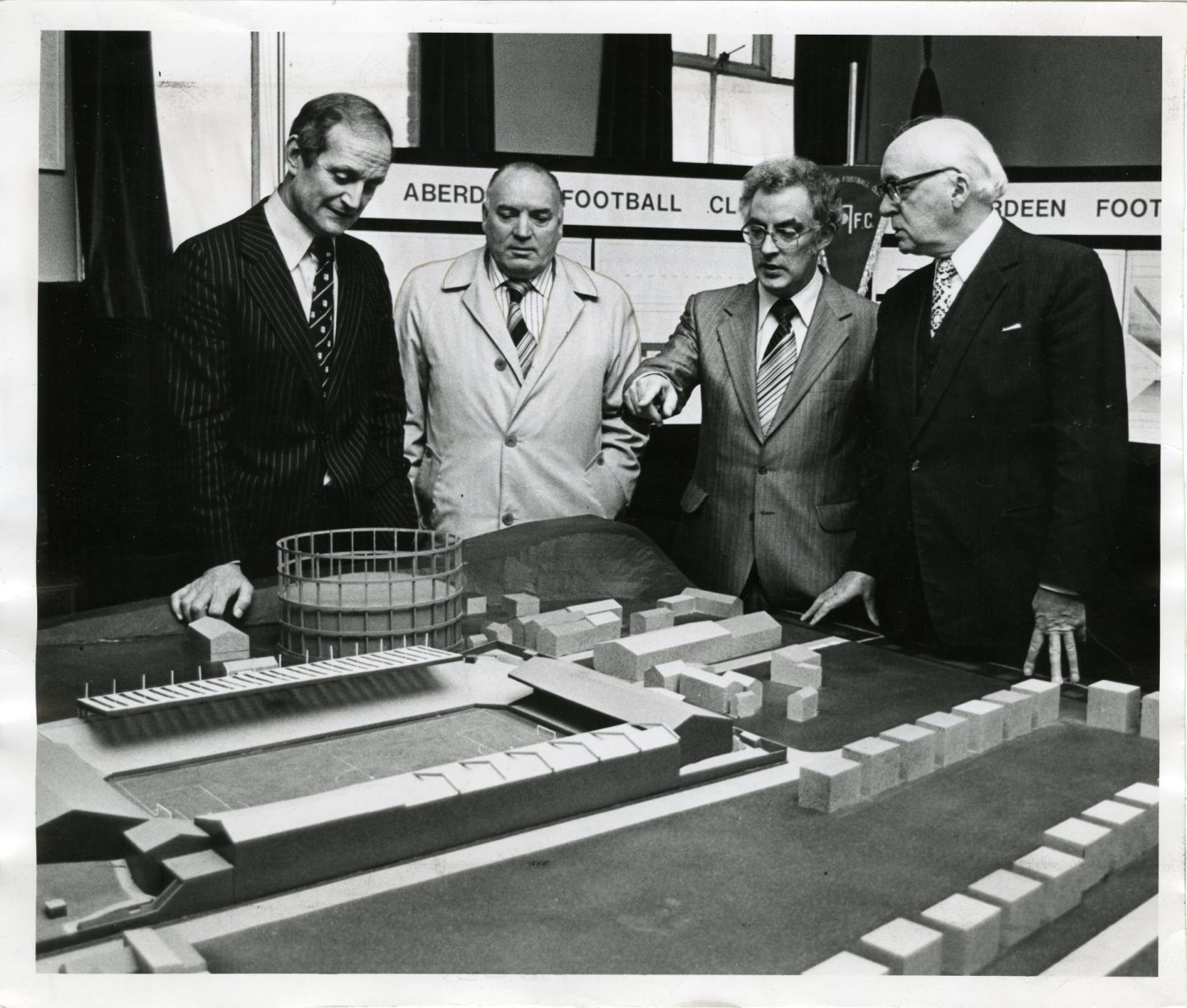
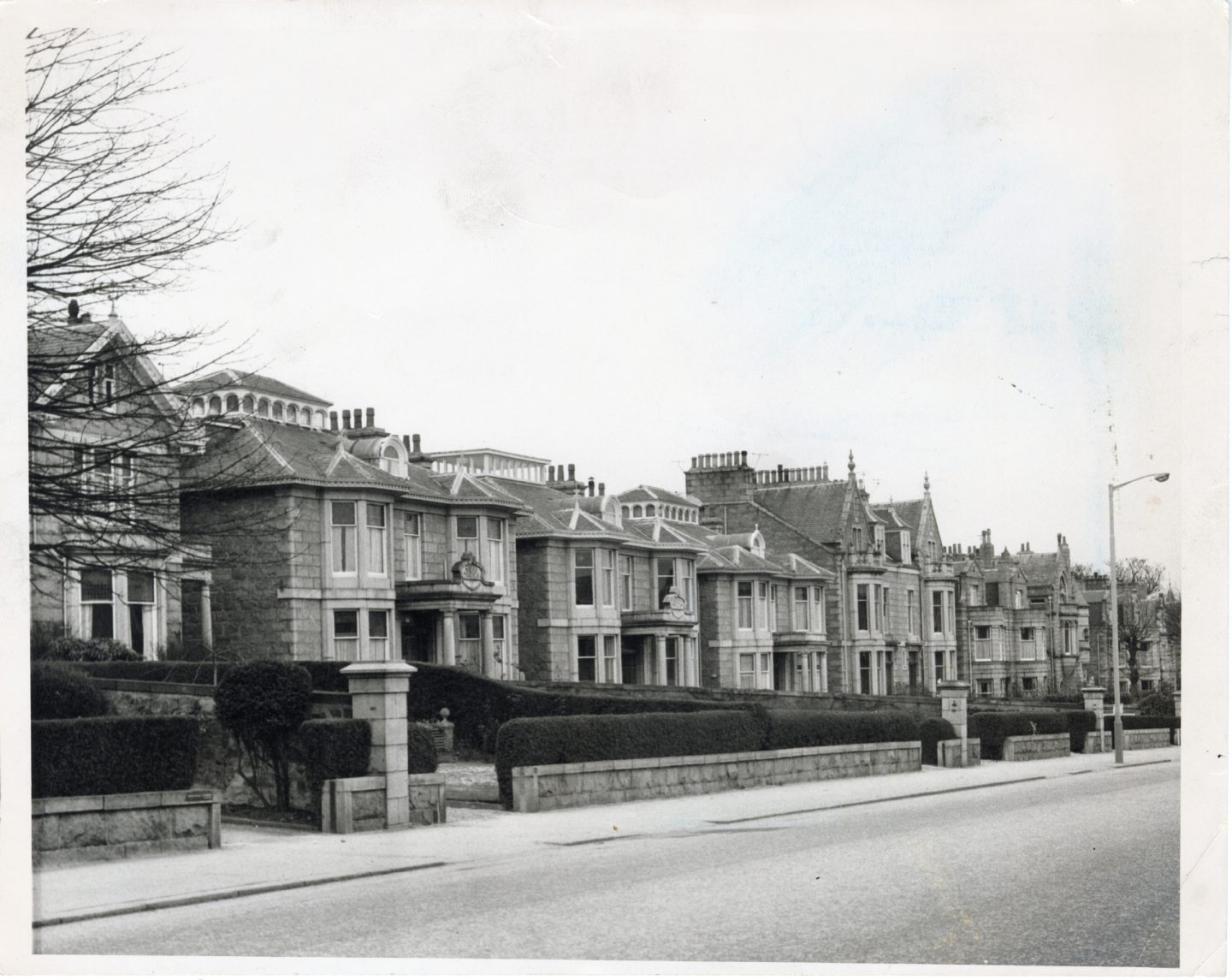
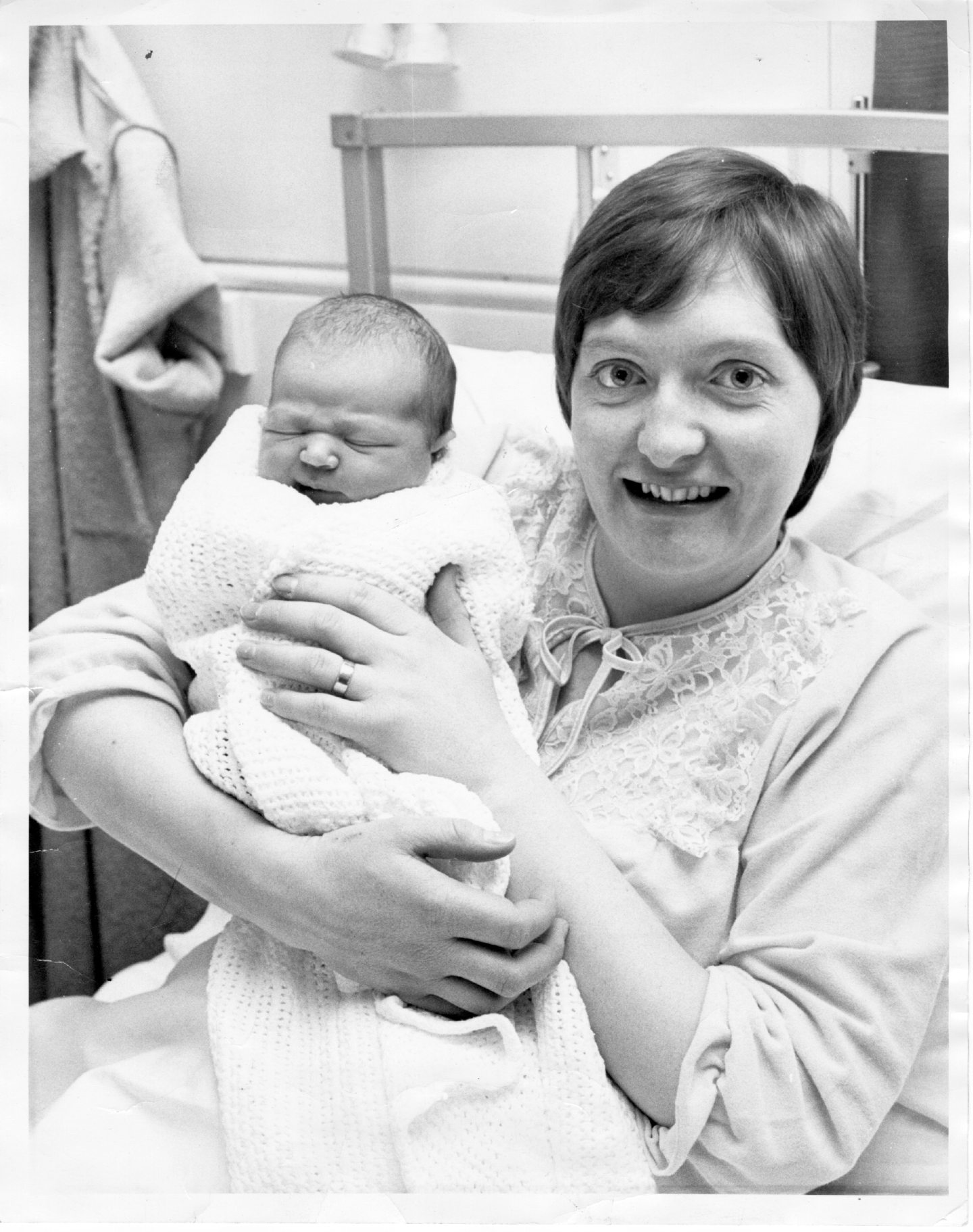
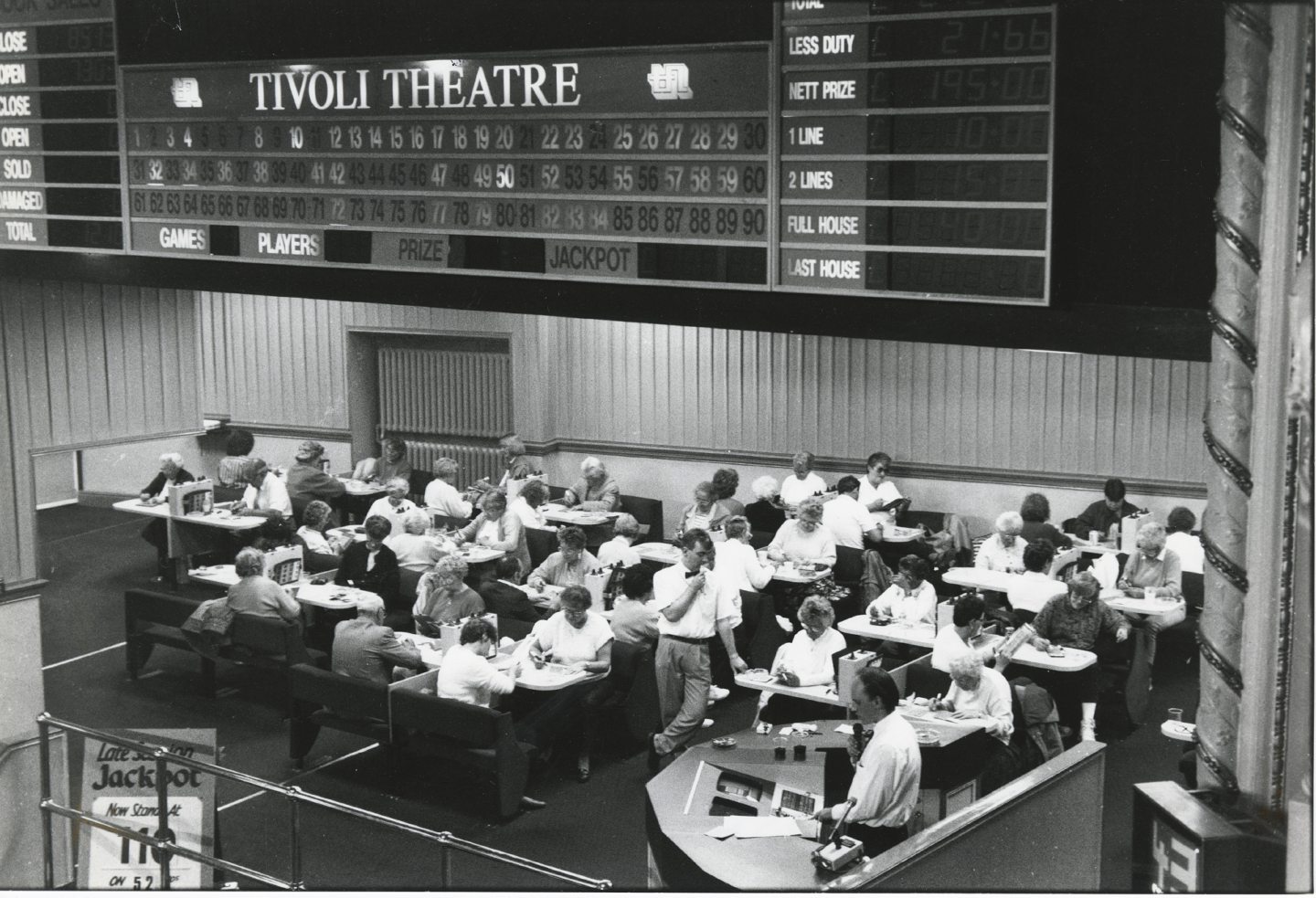
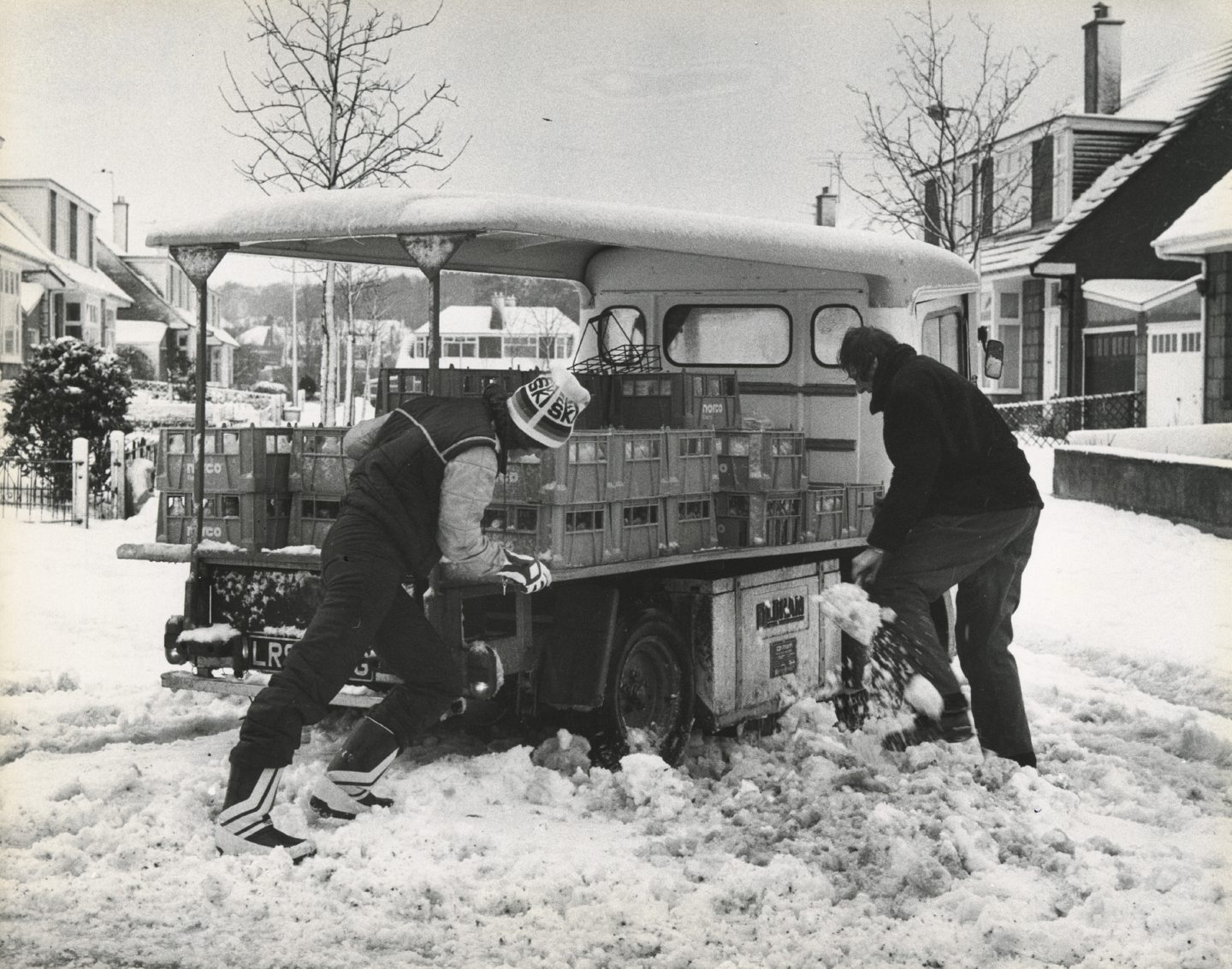
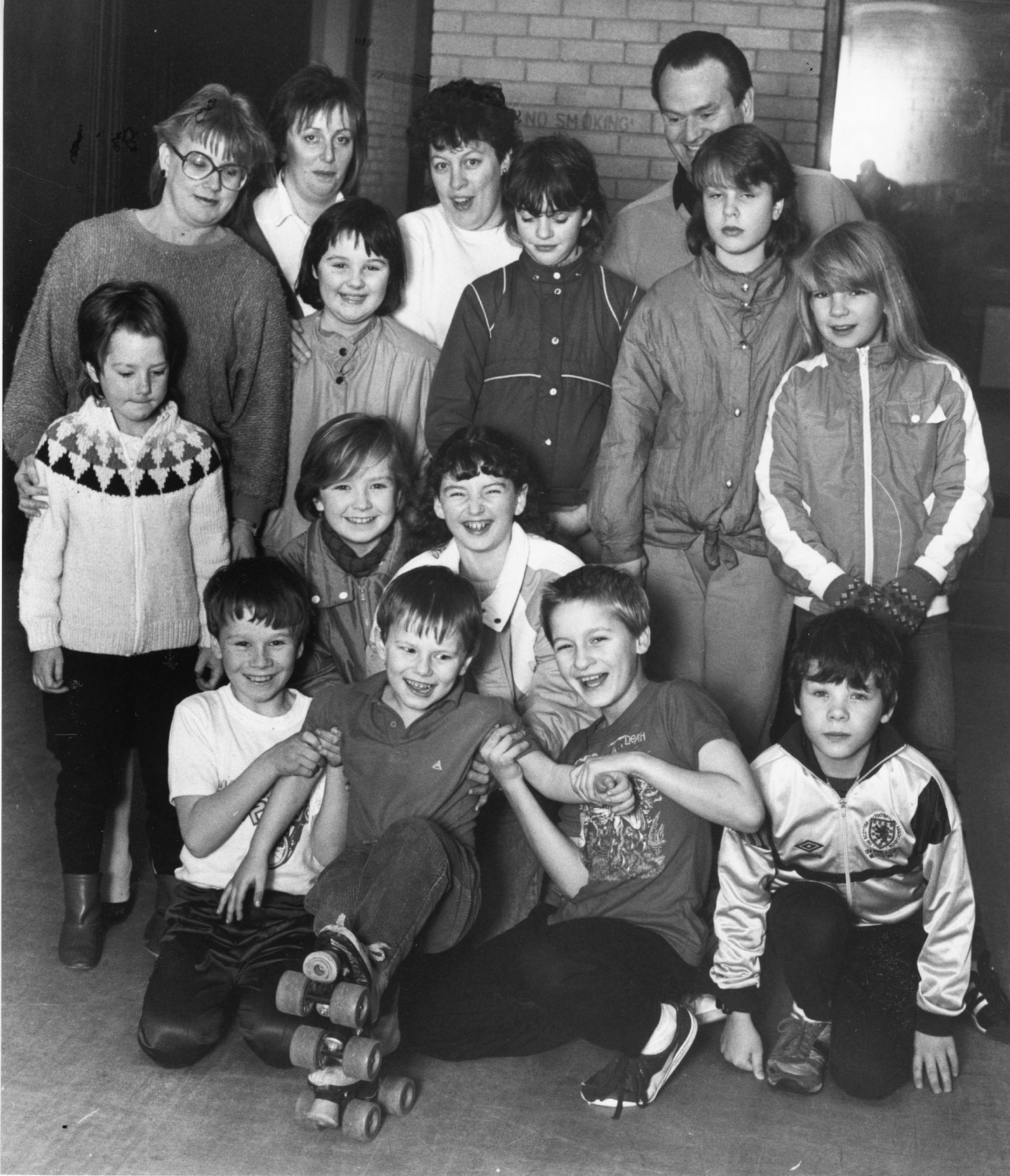
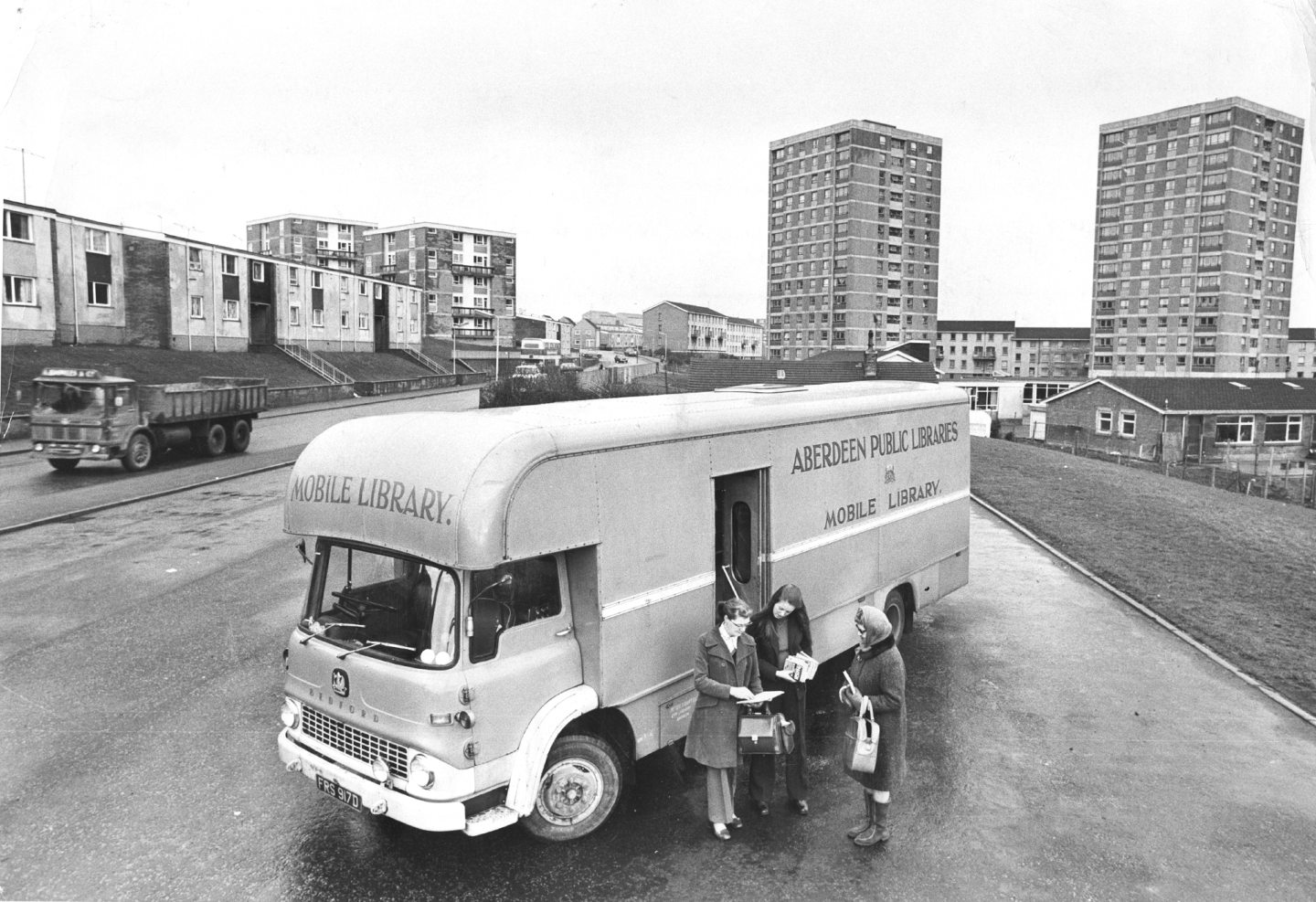
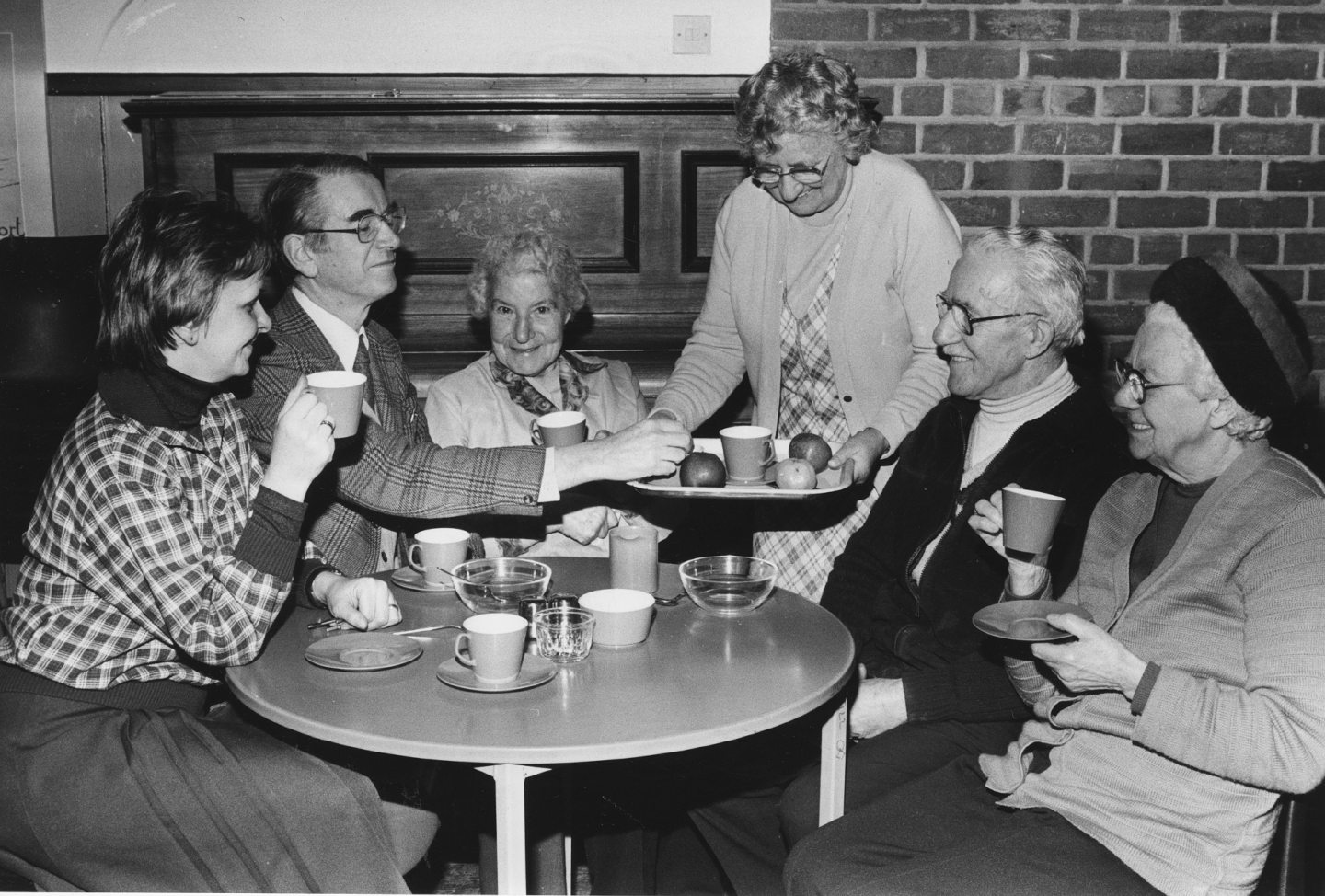
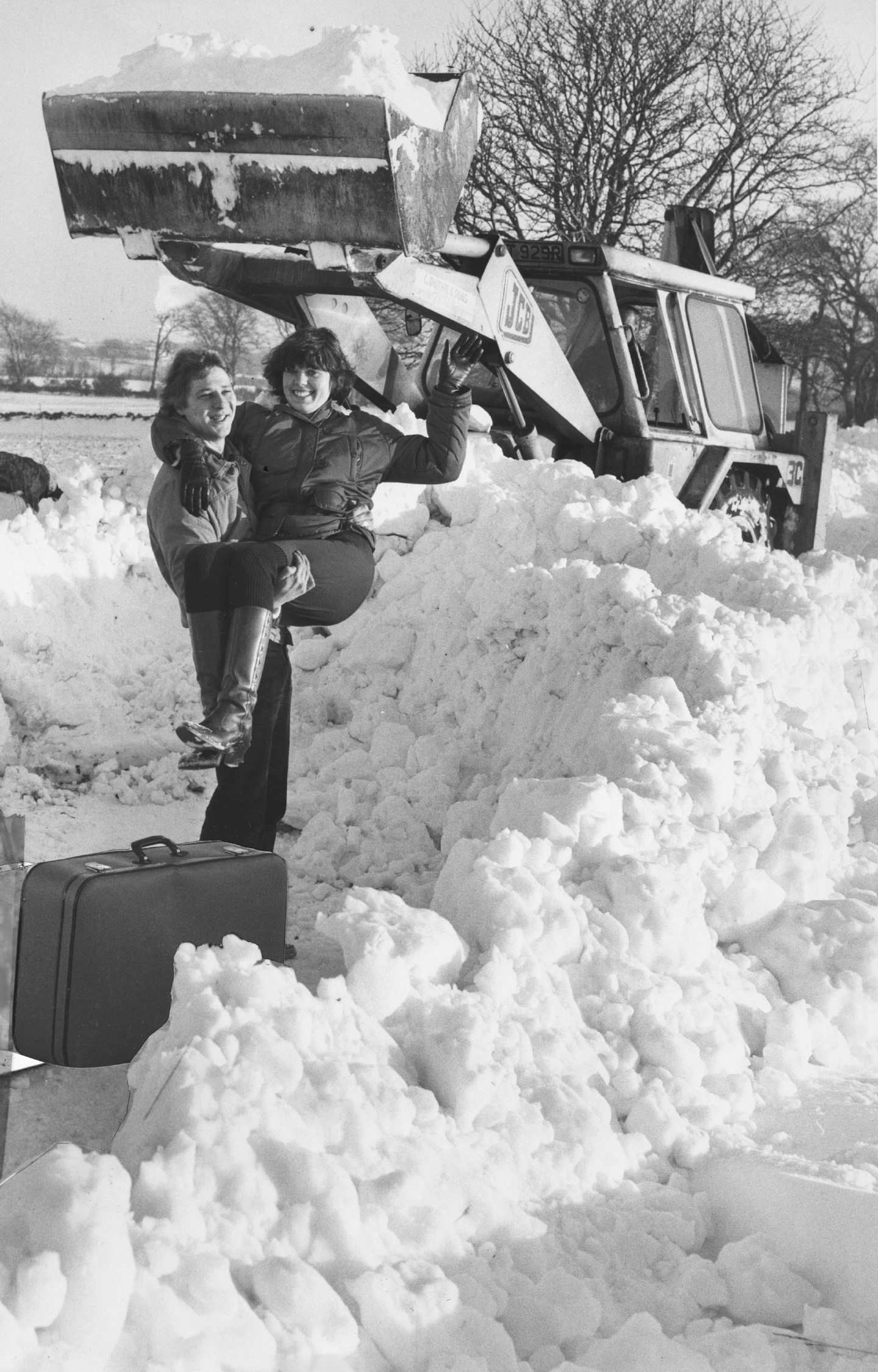
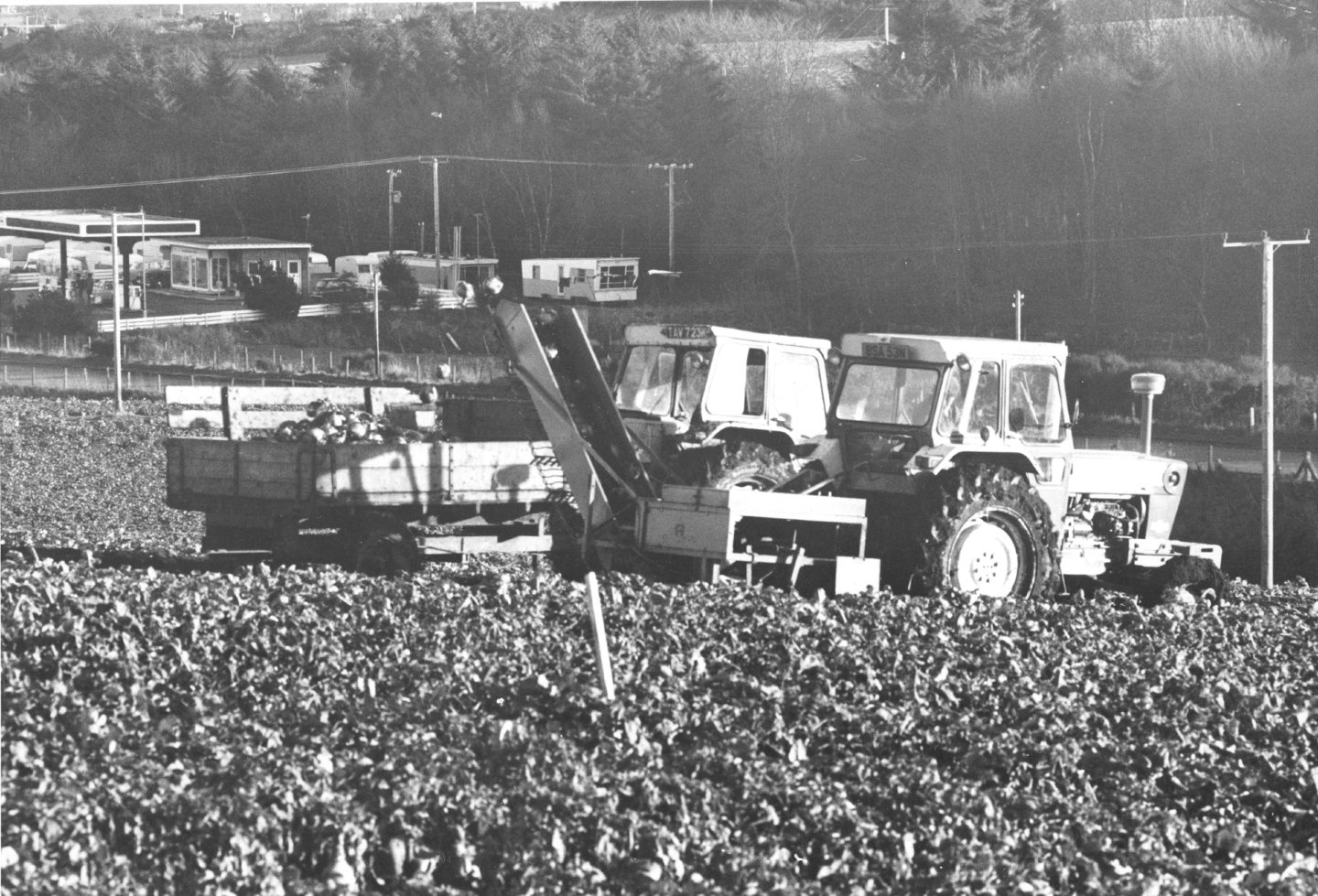
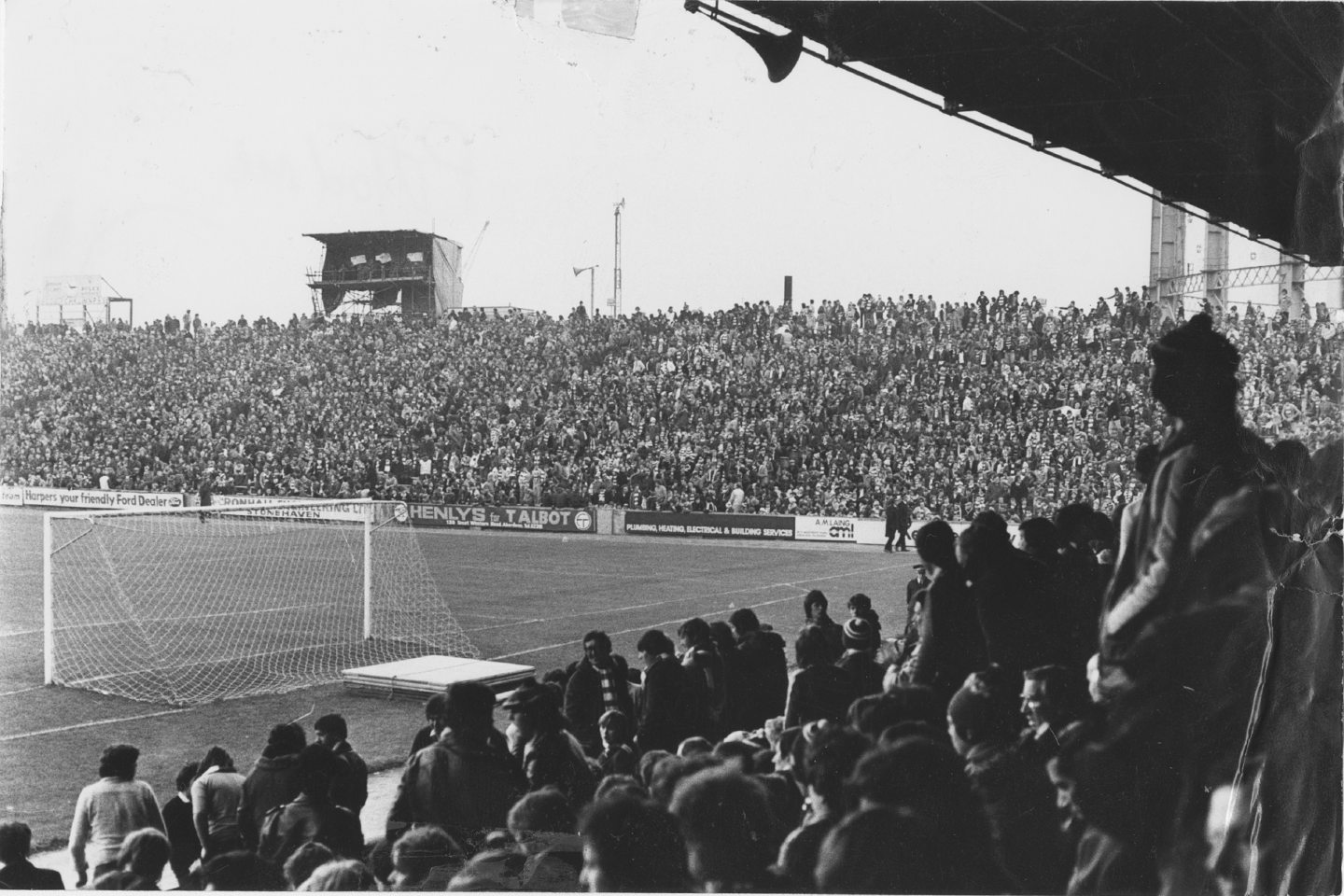
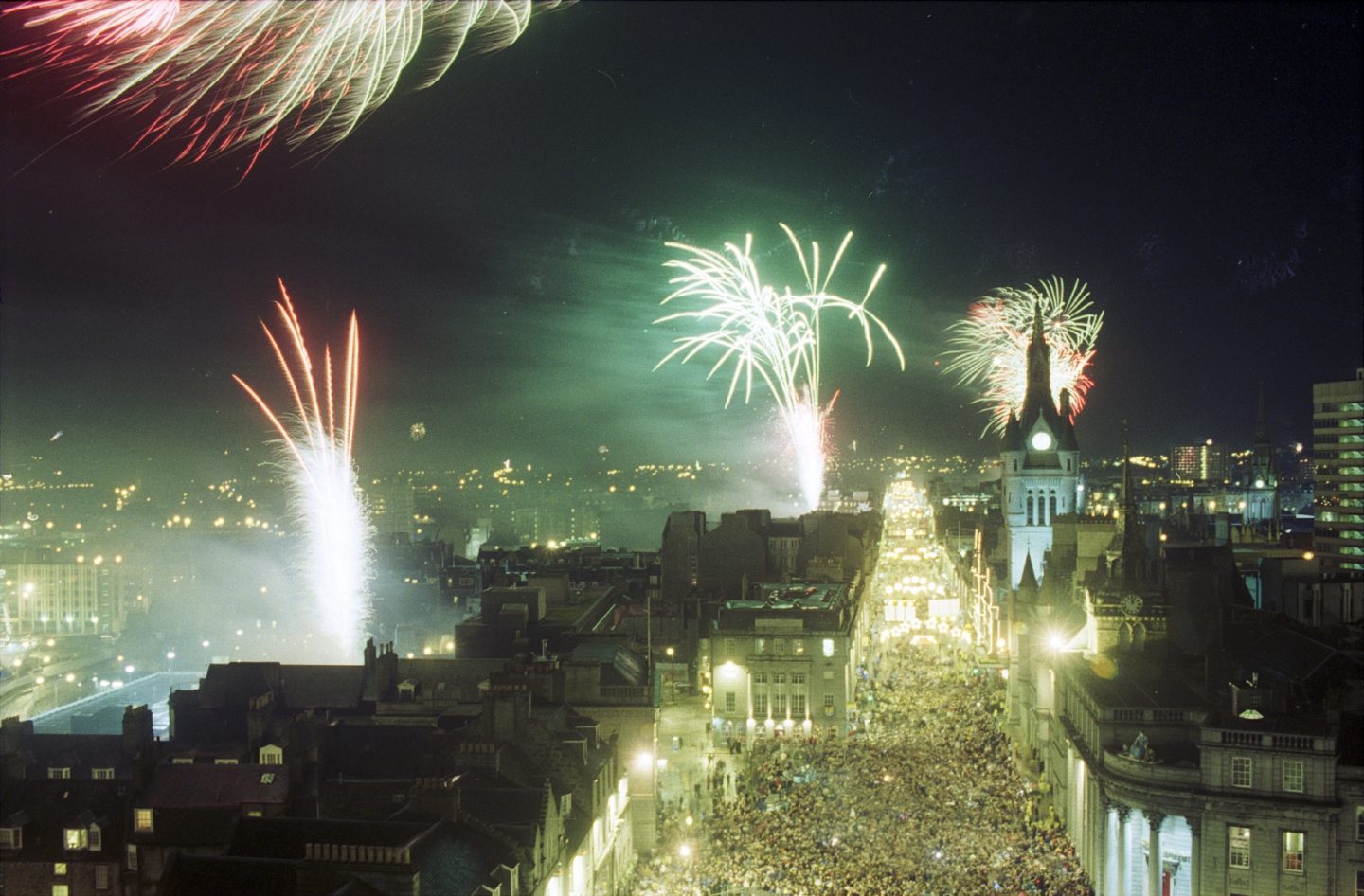
Conversation